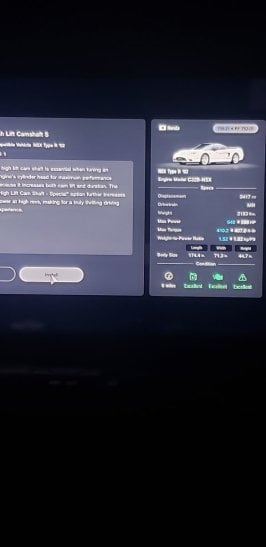Thanks for your answers mate

If it's not too much to ask, I also want to know what normal parts do to "hidden" car stats (i.e. anything that doesn't change power/weight but has an effect on PP):
- Anti lag - how is throttle response quantified + any effect on fuel consumption?
- Brakes + pads - to confirm there really is no difference between Racing Drilled/Slotted/Carbon + fade isn't simulated?
- Steering angle kit - is the angle increase the same for all cars?
- 4WS system - is it steering in the same direction OR opposite to front wheels OR changes depending on speed?
- Clutch + flywheel - similar benefit to carbon shaft?
- Increase body rigidity - IMO this feels like a super stiff anti roll bar upgrade. Just wondering how they quantify this in the physics files?
- Body deterioration due to mileage - is it just the opposite of above?
- Oil/engine deterioration due to mileage - from experience with grinding Tomahawk/Veneno, this affects HP but doesn't change PP. Also redlining the car seems to speeds up deterioration rate (but not the ultimate HP loss).
- Are there any effects of air/track temp on engine power?
- Does rim size/width/offset really gives more tire surface/wider track and increase grip?
- Does installing rollcage adds more rigidity?
Might be worth compiling all the info on your github site as well, just for easy reference in the future 👍
Some of these questions aren't answerable from game data, they're part of the game engine itself, but I've answered the rest.
Antilags have "antiLagThrottle" (0.05 to 0.2) and "antLagSecondaryAir" (0.0 to 0.4).
Don't know the specifics of how that affects throttle response.
Fuel consumption is
probably not directly changed by the anti-lag, but that's just an assumption on my part.
From a quick look at only a few cars data, I don't see any difference between drilled/slotted/carbon. (Except for the fact carbon brakes are available for a lot more cars.)
I see nothing to indicate fade is simulated, and it's my assumption that it's not.
For steering upgrades, the angle increase is not always the same but the
angle when applied is. The "steerlimit" value when stock is 16.0 - 45.0: the upgrade sets it to 40.0 (and isn't available on cars ≥40.0 already.)
There's no detail about how 4WS works. A 4WS upgrade simply turns on 4WS
, and that's all the information I have.
Actually, it seems 4WS data is stored in the steering data (which ig makes sense, but is a little annoying). Every car except the Chaparral VGT with 4WS / the possibility of 4WS has the same data here:
-10 @ 0, -10 @ 20, 0 @ 50, 0 @ 80, 20 @ 150, 20 @ 200.
What this graph actually means, I don't know (the axis are simply labelled "value" and "domain"), but I think it's safe to say it changes direction depending on speed.
Yes, clutches affect inertia values as well as changing clutch torque & applying a % modifier to engine braking.
Flywheels also affect inertia values & apply a % modifier to engine braking.
Increase body rigidity applies a "StiffnessUpRate" of 100.
A rollbar applies 10 of that, and any of the rollcages apply 20. (A rollhoop does nothing.)
I don't exactly know what this translates to in terms of physical effect.
I have no data on how mileage/wear works.
Similarly, nothing about how temperature affects cars (but I'd be inclined to guess it doesn't).
I can't tell what data specifically states rim width/offset modifications, but imo there's no reason for it to not have an actual effect on the car's performance.
It's funny: you talk about the difference in drag between aero parts & widebodies, but in the data itself I don't see anything about this. Aero parts simply have a lift coefficient value. Wonder where the drag is stored / how it's calculated. 🤔





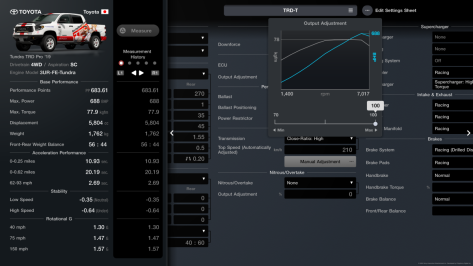
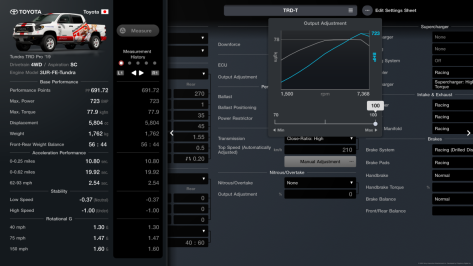
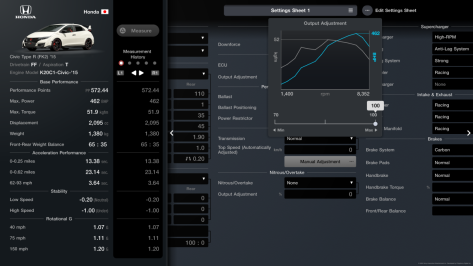
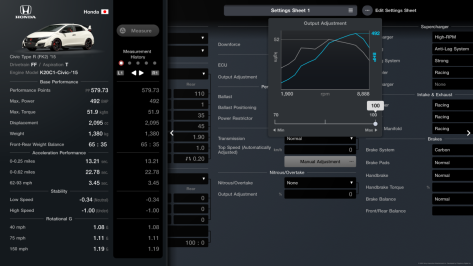


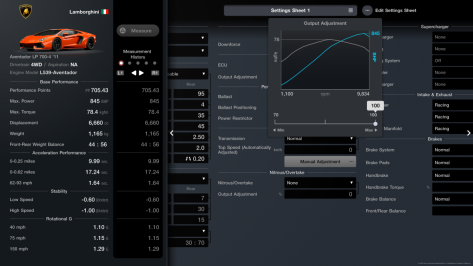

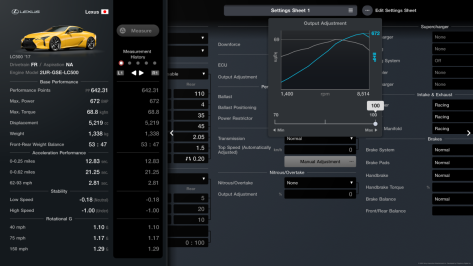
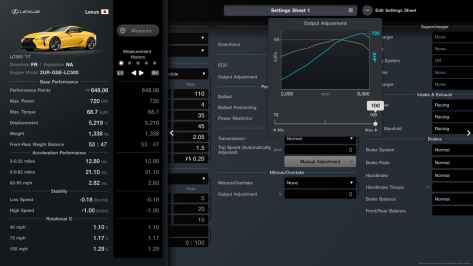
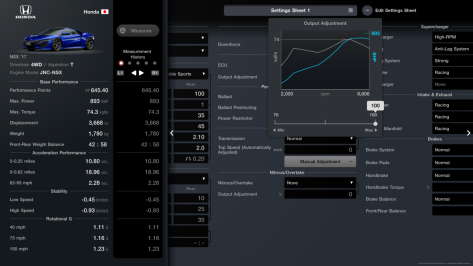
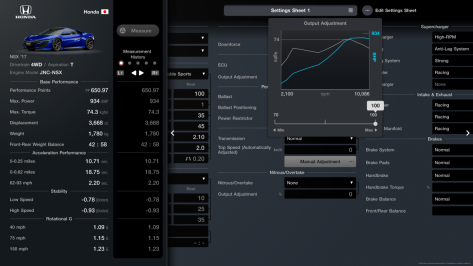
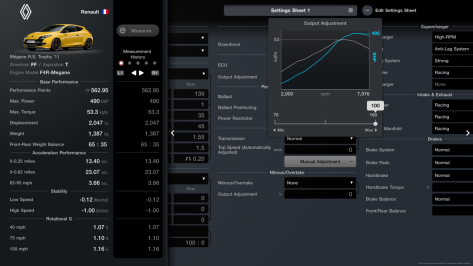
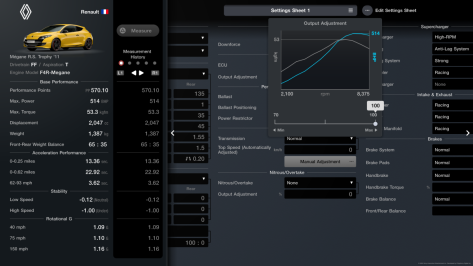
 , hold my beer...
, hold my beer... .
.

